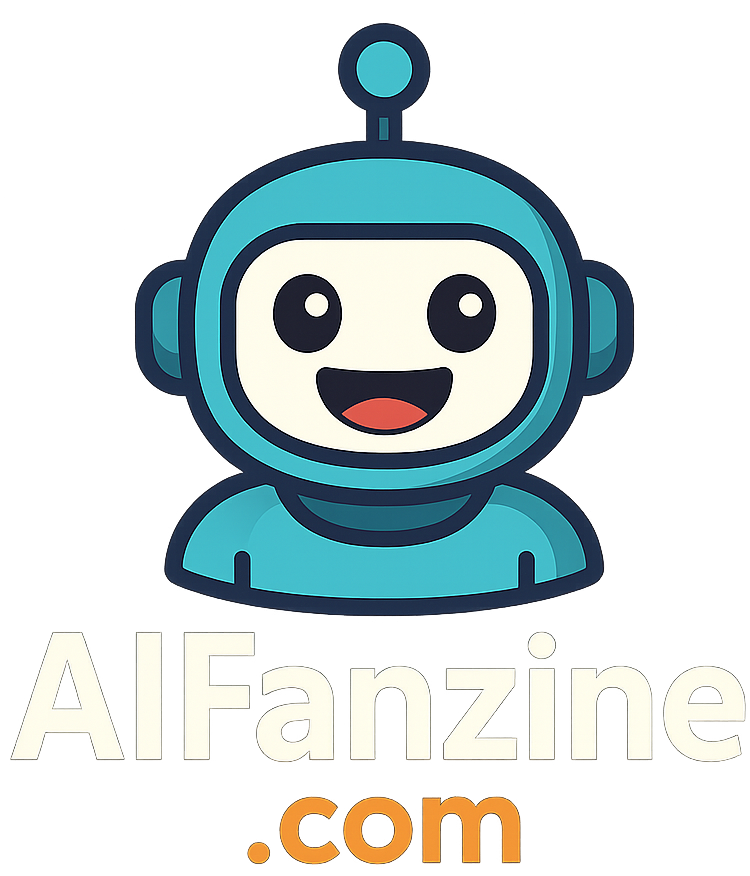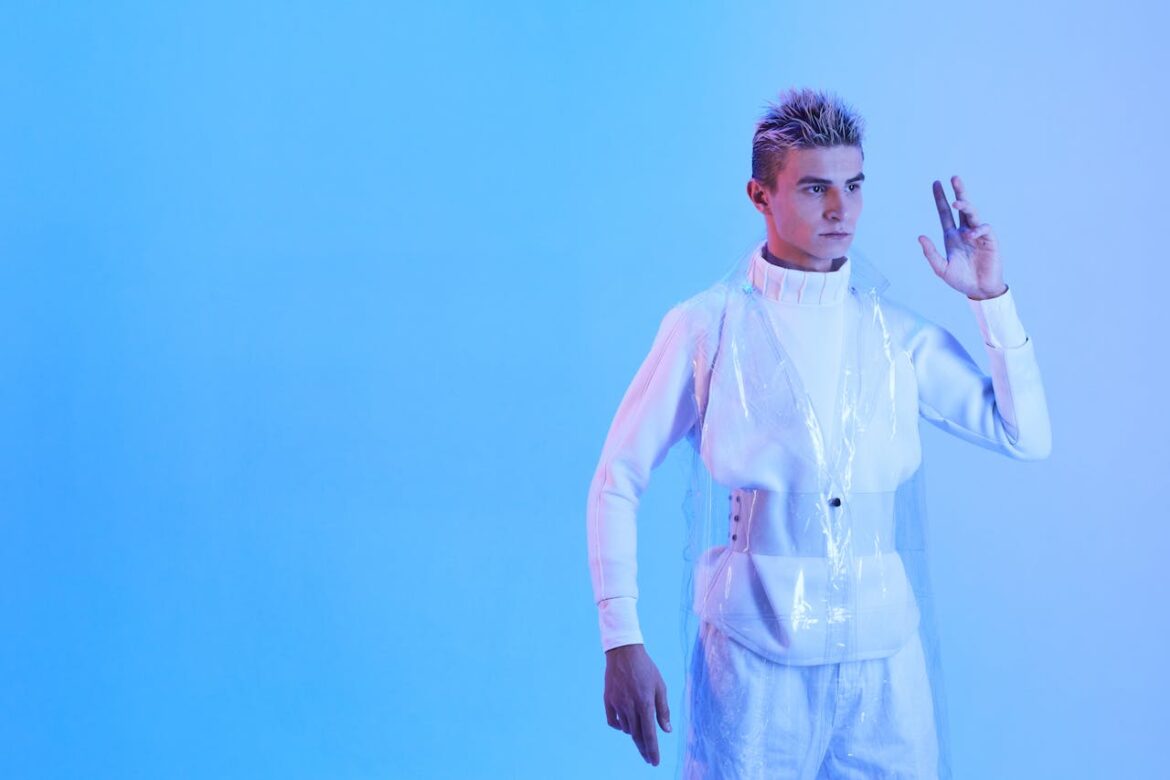Artificial intelligence has completely changed the way I approach creativity. I used to think of design and illustration as skills reserved for trained professionals, but AI image generators have made it possible for me to create visual content without needing years of practice in digital art. The tools available today are not only powerful but also accessible, many of them offering free versions that allow anyone to experiment. Over time, I’ve tried out several platforms, and some stand out for their ease of use, quality of results, and flexibility.
In this article, I want to take you through the best free AI image generators you can start using today. Each has its strengths and quirks, and depending on what you’re looking for, one may serve your needs better than another. From producing realistic photographs to crafting surreal artwork, these tools are reshaping what’s possible for creators like me.
DALL·E Mini (Craiyon)
One of the earliest AI image generators I experimented with was Craiyon, originally known as DALL·E Mini. This tool allows me to type in a prompt and instantly see nine different interpretations of my idea. While the images are not as polished as those produced by premium tools, they have a raw charm that makes them interesting. Craiyon is completely free to use, and I don’t even need an account to get started.
I find Craiyon especially useful for brainstorming or visualizing ideas quickly. The generator often surprises me with its abstract take on a subject, sparking new directions for creativity that I wouldn’t have thought of on my own. The biggest limitation is that the resolution is quite low compared to other generators, but for someone looking to play around with concepts, it’s a great entry point.
Stable Diffusion
Stable Diffusion is one of the most powerful open-source AI image generators I’ve tried. Unlike many free tools that run on a cloud server, I can actually download Stable Diffusion and run it locally on my computer, provided I have the right hardware. This gives me complete control over the process, including the ability to fine-tune prompts and adjust models for highly customized results.
What stands out to me about Stable Diffusion is the flexibility. I can generate realistic portraits, fantasy-style illustrations, or even design product concepts. The learning curve is steeper than some other tools, but the community around Stable Diffusion provides countless resources and add-ons that make the experience even richer. Because it’s open-source, there’s no limit on how much I can use it, making it one of the most appealing free options.
Dream by WOMBO
Dream by WOMBO is another platform that caught my attention because of how user-friendly it is. I simply enter a prompt, select a style, and within seconds I get a polished piece of digital artwork. The tool runs entirely on the web and also has a mobile app, so I can create images on the go without worrying about technical setups.
What I enjoy most about Dream is the wide range of artistic filters. Whether I want something that looks like a painting, a cartoon, or a photorealistic image, the tool adapts my prompt beautifully. While some features require payment, the free tier still gives me unlimited generations, which is rare among AI platforms. It’s ideal for personal projects, inspiration boards, or even unique social media posts.
NightCafe
NightCafe has become one of my go-to platforms because it balances creativity with community. I can generate images by typing in prompts and then choose from multiple artistic styles. What I find special about NightCafe is its credit system. I receive free credits daily, allowing me to generate images without needing to spend money, as long as I pace myself.
Another feature I appreciate is the ability to share creations within the platform. I can see what other people are making, learn from their prompts, and even remix their images into something new. This sense of collaboration has helped me refine my prompt-writing skills. The output quality is solid, often rivaling paid services, and the platform’s emphasis on experimentation makes it one of my favorites.
DeepAI
DeepAI is a simple but effective AI generator that delivers quick results. Unlike some platforms that emphasize artistic styles, DeepAI focuses more on straightforward image generation. I just type in what I want, and it creates a picture in seconds. It’s not always as detailed as other tools, but it works well for people who want fast results without any extra steps.
I often use DeepAI for placeholders or to test ideas before refining them on more advanced platforms. The free plan is unlimited, and the lack of complicated settings makes it approachable for beginners. While I wouldn’t rely on it for professional-quality artwork, it’s still an accessible way to explore AI-powered creativity.
StarryAI
StarryAI offers a balance between ease of use and customization. What stands out to me is that it gives me more control over how the AI interprets prompts. I can tweak aspects like the style and level of detail, which allows for more personalized results compared to tools that are strictly automated.
One thing I appreciate about StarryAI is its credit-based system. I receive free credits daily, meaning I can keep generating artwork without spending anything if I use it regularly. The platform also emphasizes ownership of the generated images, so I don’t have to worry about licensing issues if I decide to use the creations in personal projects.
Fotor
Fotor is primarily known as a photo-editing tool, but it has added an AI art generator that I’ve found surprisingly powerful. I can create digital illustrations or stylized photos with just a few words, and the quality is often impressive. What makes Fotor stand out is the combination of image generation and editing tools in one place.
For example, after generating an image, I can immediately adjust the colors, crop, or add filters without needing to switch platforms. The free version has some limitations, but it’s still generous enough for casual use. For me, Fotor is most valuable when I want both creation and editing in a single workflow.
Canva AI
I already used Canva for designing social media posts, presentations, and flyers, so when they introduced their AI image generator, it became a natural part of my workflow. Canva’s generator integrates directly into the design platform, allowing me to create visuals and immediately place them into templates.
What I like most about Canva AI is how seamless it feels. I don’t need to download or upload images between different programs. Instead, I can type a prompt, generate an image, and start designing around it instantly. The free plan offers limited credits, but for someone like me who already uses Canva, it’s a convenient and practical feature.
Fotor’s GoArt
GoArt, another offering under Fotor, focuses specifically on transforming photos into artworks. Unlike generators that create images from scratch, GoArt takes an existing photo and reimagines it in styles such as impressionism, pop art, or surrealism. I’ve had fun experimenting with portraits and landscapes, seeing them come to life in ways I wouldn’t have imagined.
Although GoArt has limitations on the free plan, it’s still an enjoyable tool for reinterpreting images creatively. I particularly like using it when I want a unique artistic version of something familiar, like a personal photo or a travel snapshot.
Runway ML
Runway ML is more advanced than most free tools, but it still deserves a place on this list because of its creative possibilities. While it’s widely used for video editing and machine learning projects, Runway also includes an AI image generation feature. I found it fascinating because it allows me to combine image creation with other forms of media production.
The free plan includes enough credits to experiment, and the platform has a professional feel that makes it stand out from casual generators. For creators who want more than just static images, Runway ML opens doors to new forms of visual storytelling.
Wrapping It Up
AI image generators have reshaped how I think about visual creativity. I no longer see design as a barrier because these tools give me access to endless inspiration. From open-source platforms like Stable Diffusion to user-friendly apps like Dream by WOMBO, the variety of free options ensures that anyone can start creating today.
Each generator brings something different to the table. Some, like Craiyon, spark playful experimentation, while others, like NightCafe and StarryAI, balance quality with community engagement. Canva AI and Fotor integrate design and editing tools seamlessly, while Runway ML pushes the boundaries into multimedia production.
The best part is that these tools continue to evolve, offering more capabilities every year. For me, the excitement lies not only in the images I can generate but also in the new ways they inspire me to think about art and design. The future of creativity is unfolding, and thanks to free AI image generators, it’s open to everyone.

